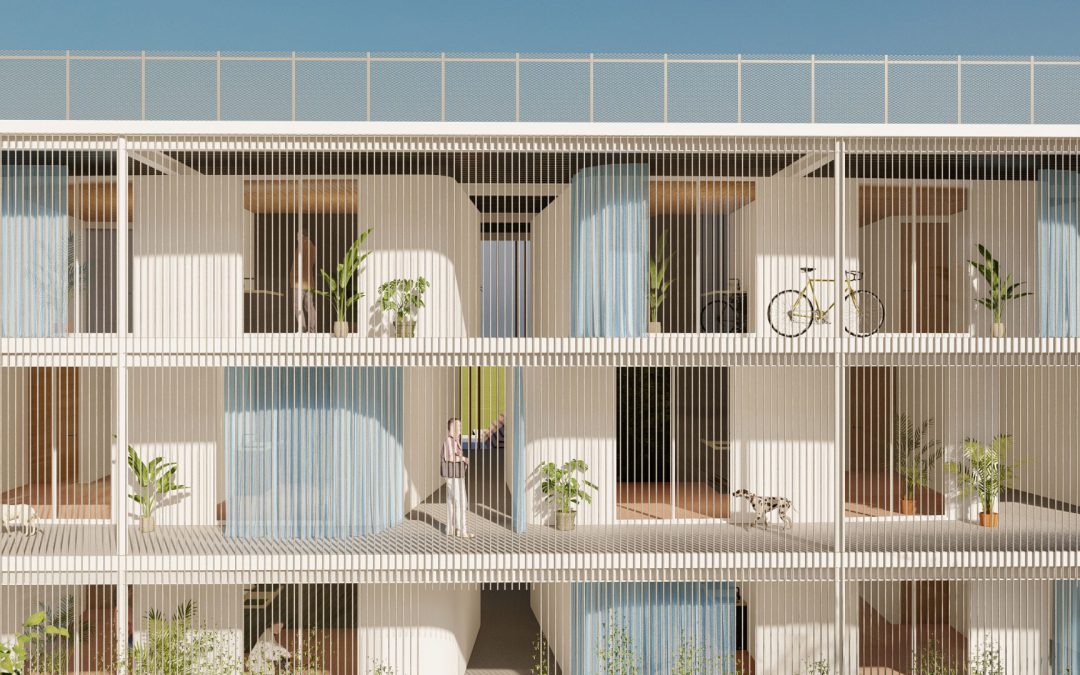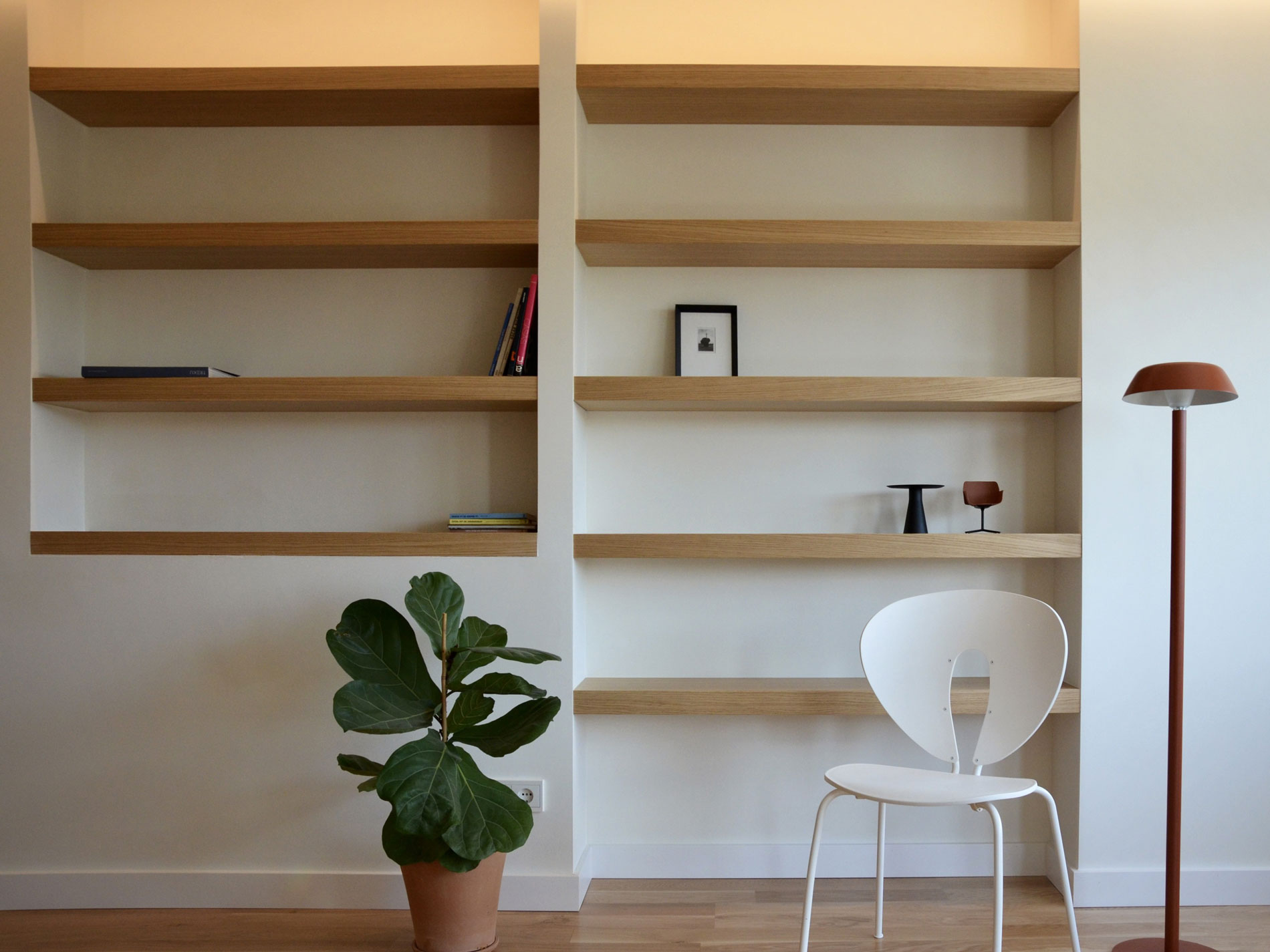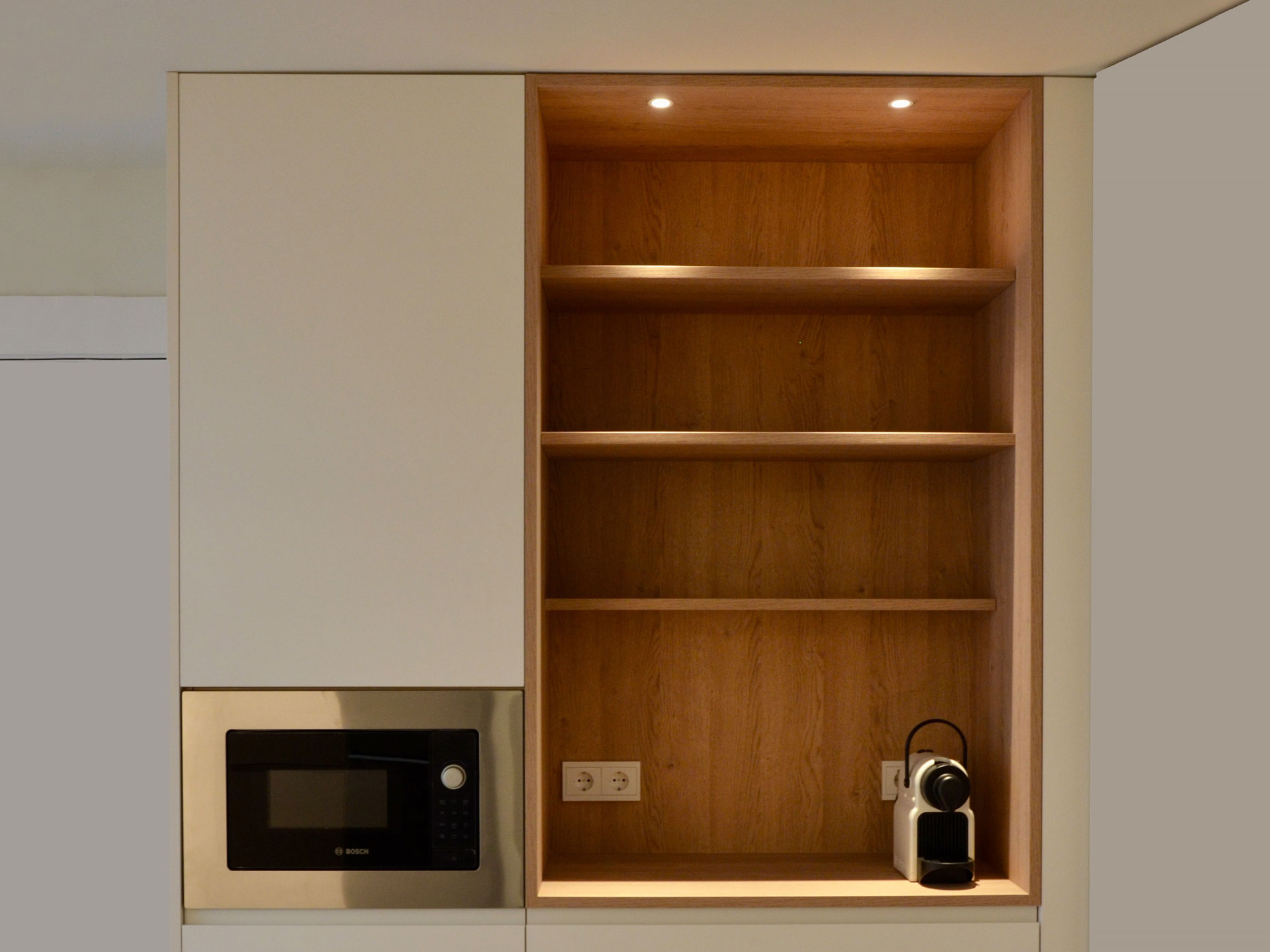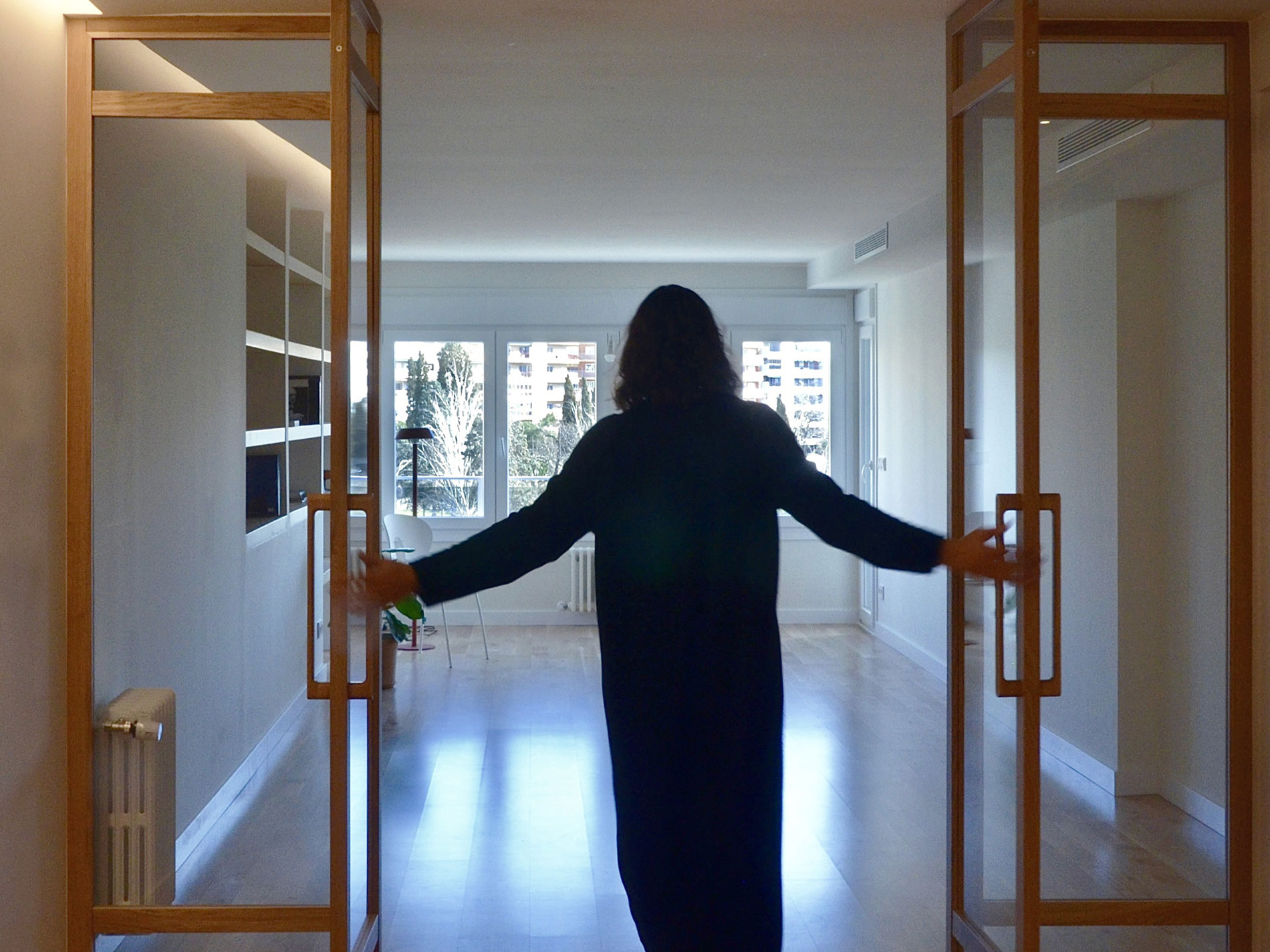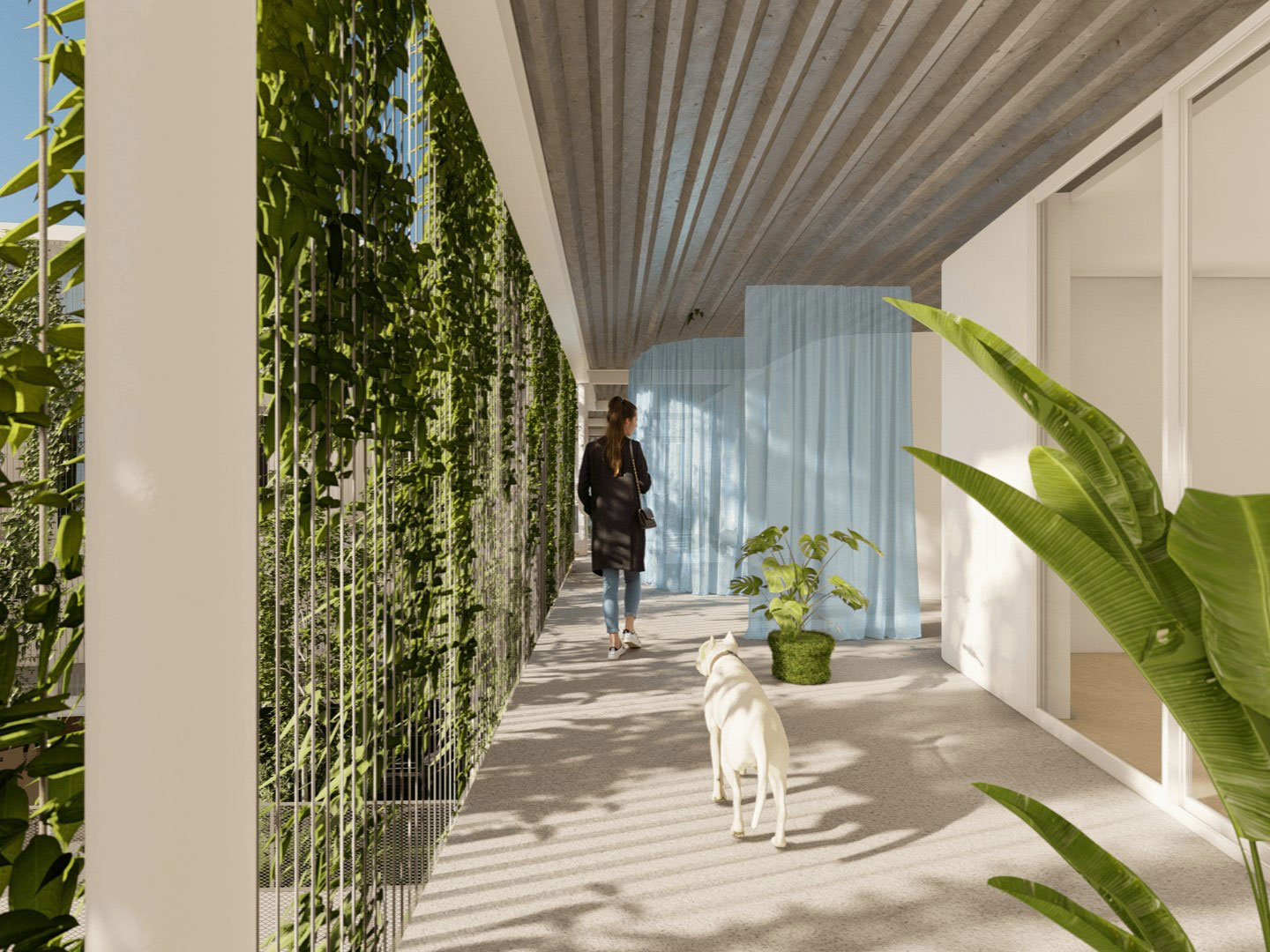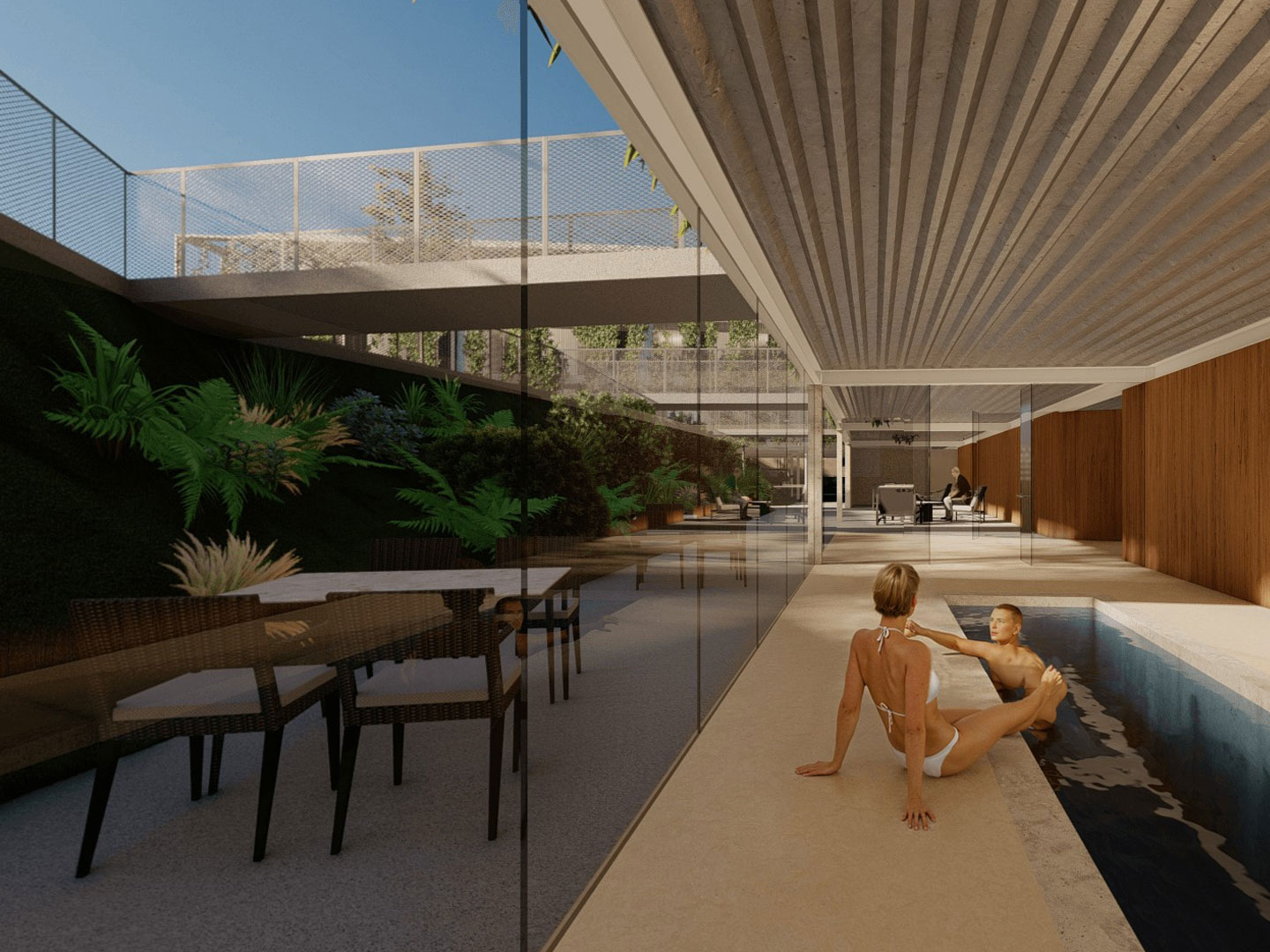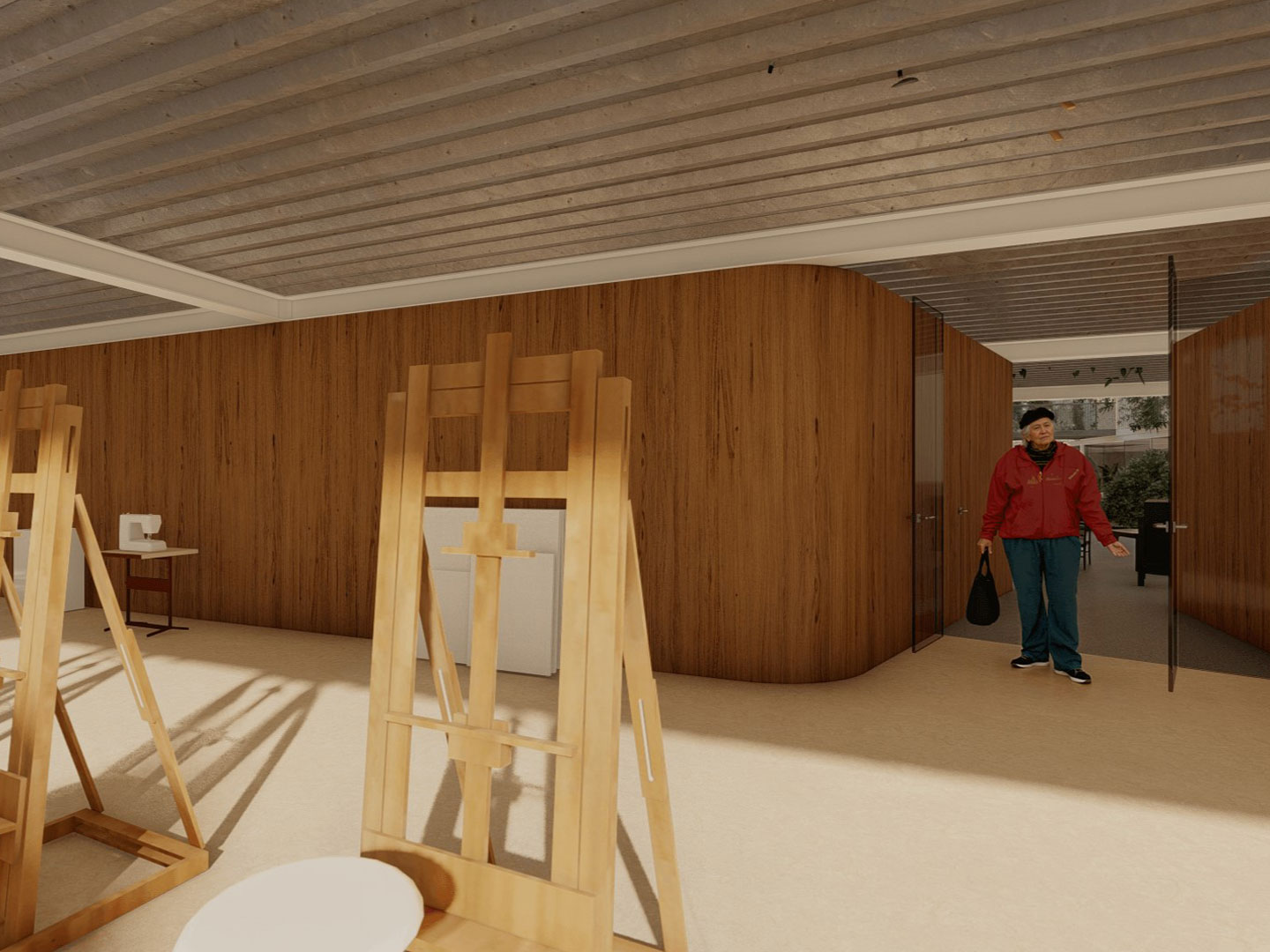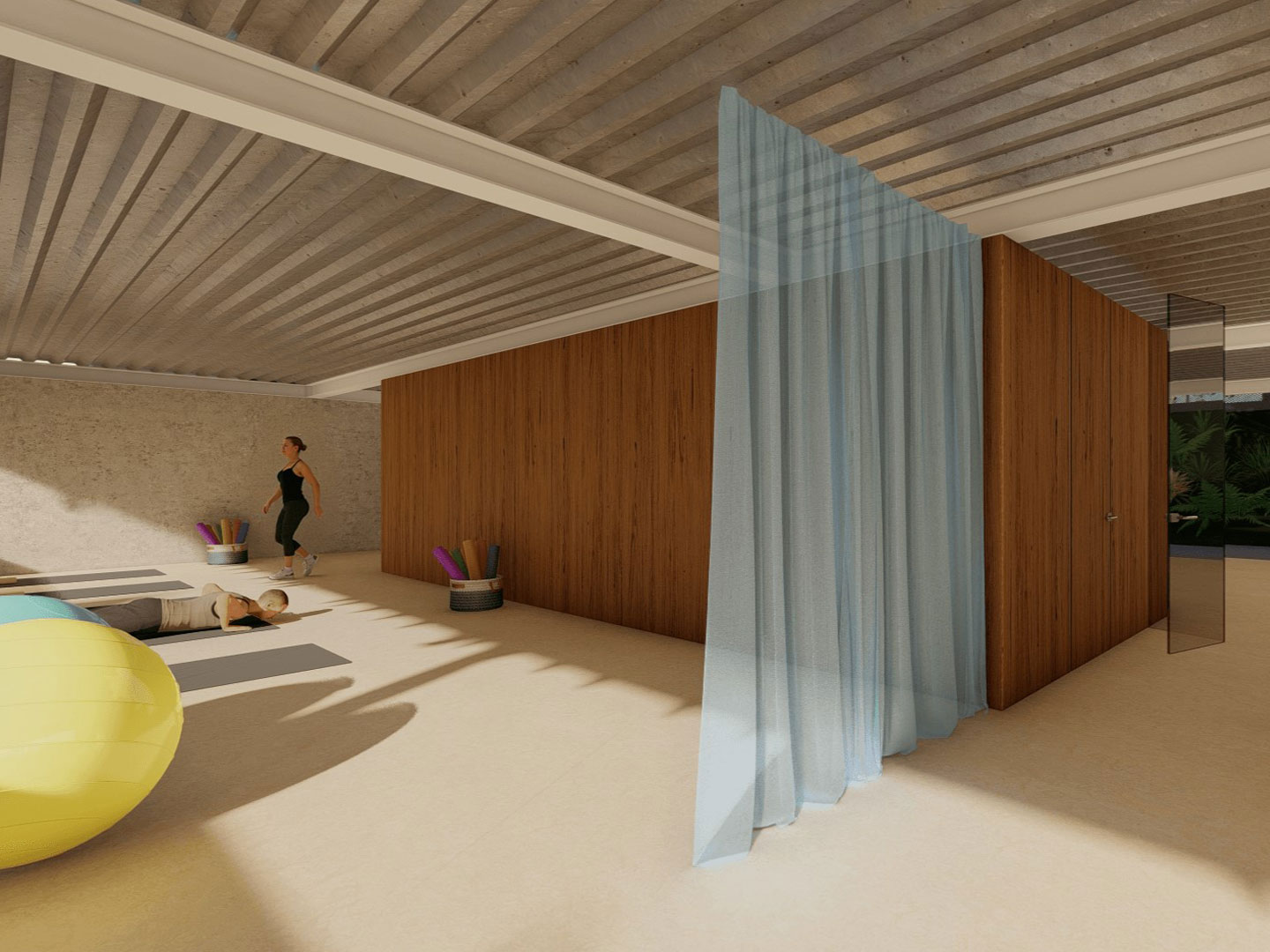In a context where access to individual housing has become complicated for many people, coliving has gained ground as a shared alternative, more flexible and adjusted to the new urban dynamics. Although in many cases it is not a completely free choice, but a response to market difficulties, its consolidation has opened the way to rethink the way we live.
In this article we explore what coliving is, how it has evolved, what advantages and challenges it implies, and how architectural design can turn this way of living into a comfortable and functional experience.
1. What is coliving and why is it booming?
Coliving is a housing modality that combines private spaces and common areas, promoting structured coexistence. Its popularization is closely linked to the current conditions of the real estate market and changes in lifestyles.
Basis of colliving:
- It proposes shared housing in spaces designed to balance the individual and the collective.
- It is usually aimed at young professionals, students or people with high mobility.
- It responds to the difficulty of accessing affordable housing in dense cities.
- It offers a practical and more social alternative to traditional rentals.
- Although born out of necessity, today it is also a functional option for many profiles.
Advantages and limitations of shared living
Like any form of living, coliving has concrete benefits, but also challenges that must be considered. Understanding both aspects is key so that those who choose it – out of necessity or conviction – can make the most of it.
Advantages:
- It reduces costs by sharing services and space.
- Promotes a sense of community and reduces isolation.
- Adapts to dynamic or temporary lifestyles.
- Promotes sustainability through the efficient use of resources.
- It can become a support network among people with common interests.
Limitations:
- It requires structured coexistence and clear rules to function well.
- There may be a loss of privacy if the space is not well designed.
- It is not always more economical than a conventional rental.
- Not everyone adapts easily to shared living.
- If not well managed, it can feel like a temporary or precarious solution.
3. Typologies: different forms of coliving depending on the context
Coliving does not respond to a single model. There are different formats that adapt to the environment, the profile of the users and the objectives of the project. This diversity allows each person to find a type of co-living that best suits his or her needs, and some of the most common models are:
- Urban colivings managed by companies, with services included (coworking, cleaning, events).
- Small communities based on affinities or shared interests.
- Rural spaces or in urban peripheries, ideal for those looking for nature and teleworking.
- Intergenerational or socially focused collivings, designed to connect different profiles.
- Projects that rehabilitate old buildings, adding value to degraded urban areas.
4. Design and architecture: how to make coliving a livable experience.
Regardless of why a person comes to coliving, the design of the space is key to making this way of life comfortable, functional and humane. Architecture has the ability to mitigate the tensions of co-living and enhance its benefits. The fundamental aspects of design in this type of housing are:
- Layouts that ensure privacy: well-insulated private rooms, individual or shared bathrooms in a balanced manner.
- Cozy, spacious and multifunctional common areas that promote meeting without forcing socialization.
- Adaptable spaces, with flexible furniture and areas that allow working, resting or interacting according to the time of the day.
- Good environmental conditions: ventilation, natural light, durable materials and acoustic comfort.
- Possibility of user participation in the management or design of the space, fostering a sense of belonging.
Conclusion: living together, but with quality
Coliving has arrived as a response to a demanding housing context, and although it often arises as a necessity, it can become a positive experience if designed with intelligence and sensitivity. Far from being a universal solution, it is a valid option that, when well thought out, can offer comfort, community and flexibility.
Beyond the why, the important thing is how you live. And there, design changes everything.
At Cronotopos we see coliving not only as a response to the housing crisis, but also as an opportunity to act responsibly. We design spaces that, even in complex contexts, guarantee dignity, comfort and community. We believe that architecture should take care of the essentials. And do it well.

